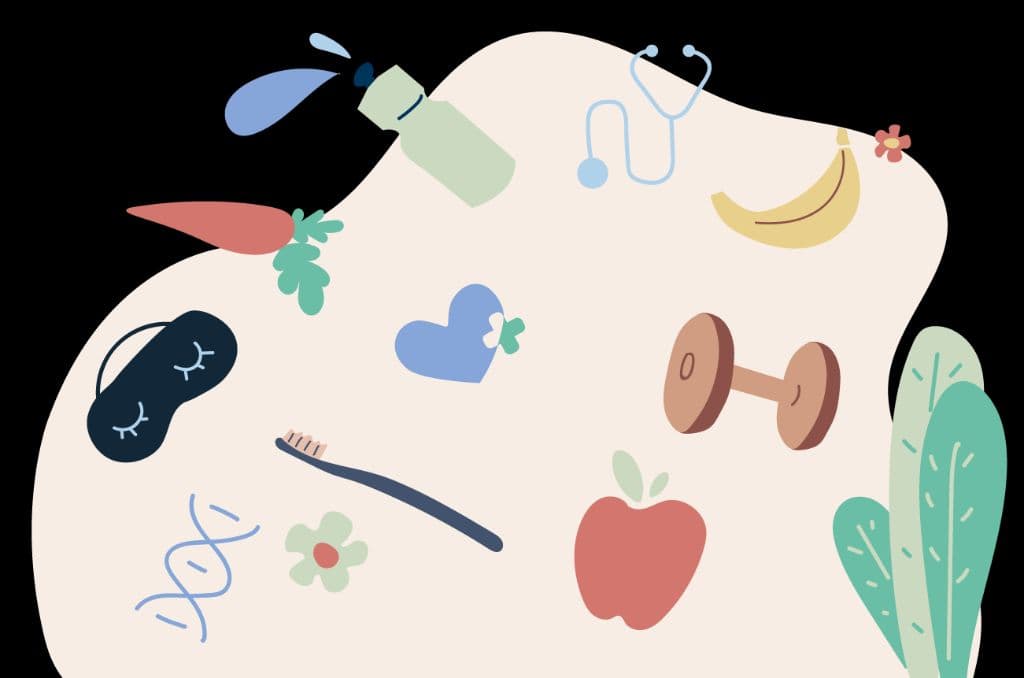This blog is compiled by Athira Krishnan, a content writer for Proactive For Her.
How does movement heal the body?
Movement is fundamental to all life forms. It is crucial to healing. Physically, it vitalizes our cells, nourishes our tissues and balances all our organ functions. Mentally, it creates a healthy flow of thoughts and a positive outlook on life. In simple words, movement is a basic need for all life forms.
Since your body and mind are intimately connected, the way you move affects the way you think and feel. For example, If you’re ever in a bad mood, you will find that improving your posture will make a positive shift in your mood.
Movement is key when it comes to our body’s stress release, formation of old patterns, clogged or suppressed emotions, unlearning harmful habits, breaking fixed patterns, and more. Movement therapies are often used as alternative treatment methods for depression and anxiety when psychotherapy (the process of treating mental illnesses through the use of verbal and psychological techniques) and medication prove insufficient.
What are the physical and mental benefits of movement?
The physical benefits include -
- Better cardiovascular strength
- Prevention of early degeneration of the body
- Increased strength of the muscles and bones
- Better skin health
- Keeps your weight in check
The mental benefits include -
- Improved cognitive functions of the brain
- The release of serotonin and endorphins which help boost your mood
What is psychotherapy and how does it work?
Psychotherapy, commonly known as ‘talk therapy’ is a way to help people with a broad variety of mental illnesses and emotional difficulties. It can help eliminate or curtail troubling symptoms so a person can function better and can increase well-being and healing.
There are 6 major divisions under psychotherapeutic treatments -
- Humanistic
- Insight oriented
- Cognitive behavioral
- Systematic
- Post-modernist
- Expressive
What is dance movement therapy?
Under the category of ‘expressive psychotherapy’ lies dance movement therapy.
Dance movement therapy (DMT) is the use of movement to promote emotional, social, cognitive and physical integration of the individual, for the purpose of improving health and well-being. It emerged as a field in the 1940’s when early innovators, many of whom were accomplished dancers, began to realize the benefits of using dance and movement as a form of therapy. It is a holistic approach to healing based on the fact that the mind and body are intimately connected meaning any changes in the body will be reflected in the mind and vice versa.
How does it work?
Dance movement therapists use body movement which is the core component of dance for their work. They approach individual, couple, family and group sessions by first observing their clients movements. Then, using verbal and nonverbal communication, they create and implement intervention methods that will address the emotional, physical and cognitive integration of an individual.
Dance movement therapy is more ‘experience’ and ‘expression’ based and encourages everyone to express themselves freely and learn through their own experience. The focus on these sessions is purely on the therapeutic process rather than any specific dancing skill.
How is dance movement therapy different from regular dancing?
Movement in dance therapy is more than just exercise. The actions and fluidity of movement are interpreted more like a language. People who utilize DMT, utilize it to communicate conscious and unconscious feelings. The therapist then responds to the movements by assessing their body language, nonverbal behavior and expressions to develop a set of interventions to address the specific needs of the client.
What are some interventions that are used?
- Mirroring - Matching the other person’s movement to express empathy and to validate what the other person is feeling.
- Using a ‘movement metaphor’ - It is usually a prop to help a person physically and expressively demonstrate their challenges or achievements. For example, a therapist might give a person in treatment a white flag to symbolize and celebrate emotional surrender.
How can dance movement therapy be beneficial?
As you go through life, your feelings and experiences live inside your body and can get trapped there. Movement can be the key to unlocking deeper levels of healing. You don’t have to be a dancer to benefit from this mode of therapy. Anyone can be a part of this transformative journey.
This practise is often used with other eating disorder therapies and have shown to help make genuine and long-lasting changes in a person’s life.
Having a means to feel safe, to understand and to experience the sensations and feelings of a disorder are all part of the healing journey. Dance movement therapy can play an integral role in helping you reclaim an authentic connection between your actions and words.
Bottom Line
Movement is key in all aspects of our lives and has immense healing power. Inculcating any form of exercise into your daily routine is sure to boost your well-being in a holistic manner. Dance movement therapy is an up and coming method known to have numerous benefits to treat several mental illnesses. If a centre near you is offering this treatment, do try and take it up and will notice how effectively your body heals.
Disclaimer - This information is provided for educational purposes and should not be construed as medical advice. Please consult with your healthcare practitioners before undertaking any changes in your diet or adding supplements.
Proactive is a digital clinic for women, offering accessible, personalized, and confidential health-care solutions. We offer products and services for out-patient health concerns of Indian women, across their lifetime - from puberty to pregnancy to menopause. To know more on the sexual and reproductive health of women, visit https://www.proactiveforher.com/

